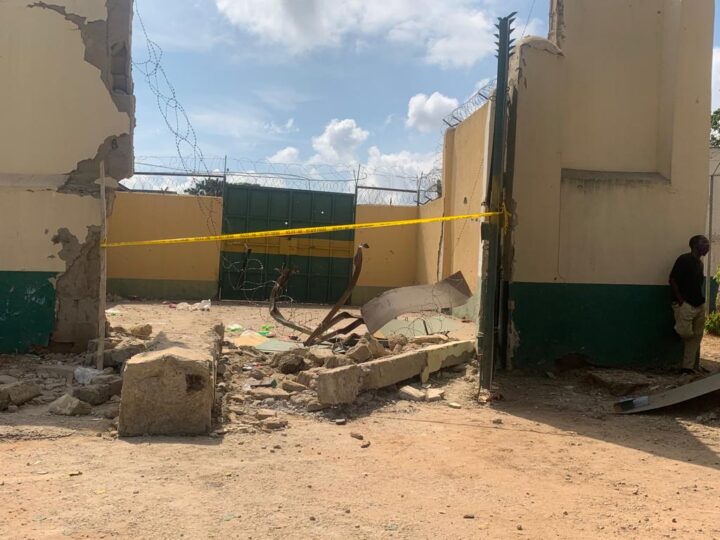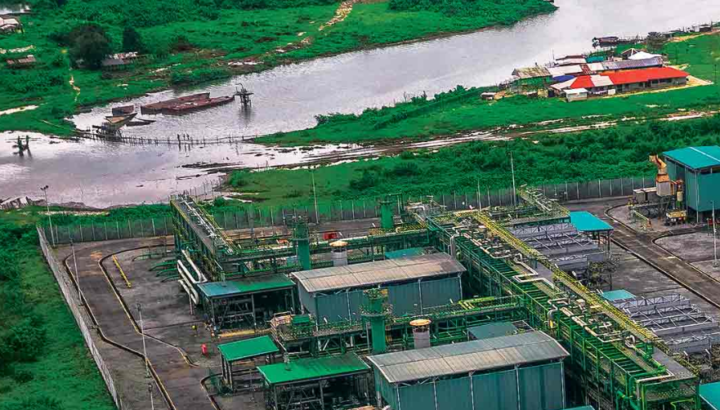Kuje, a satellite town housing over 97,367 people — according to the 2006 census — and a correctional facility in Abuja, was hit by gunmen on the night of July 5.
About 300 Islamic State in West Africa Province (ISWAP) insurgents launched an attack on the Kuje medium correctional facility.
An operative of the Nigeria Security and Civil Defence Corps (NSCDC) securing the prison was killed, as well as four inmates.
At a media briefing at the facility, Bashir Magashi, minister of defence, said 64 Boko Haram inmates escaped.
Advertisement
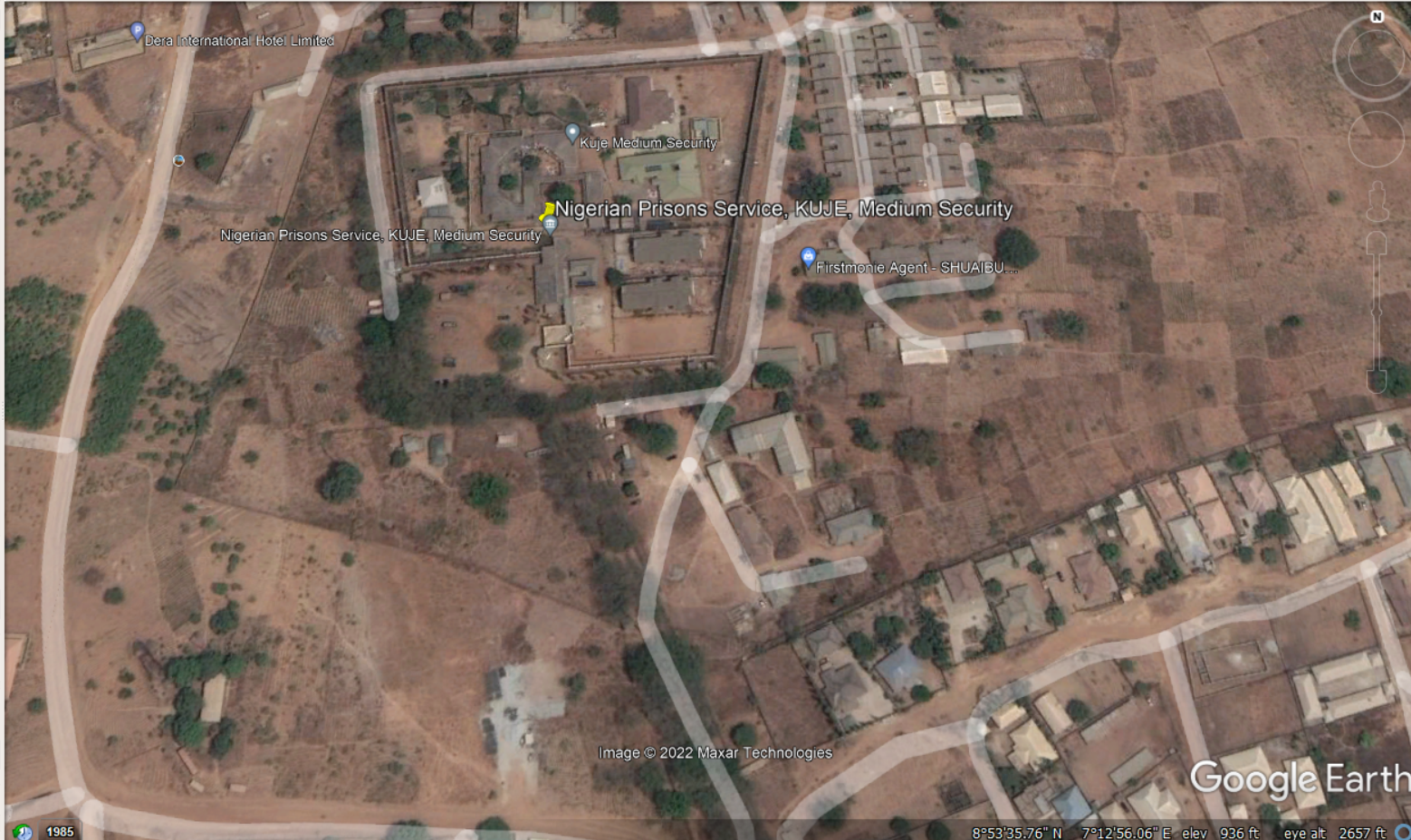
The Nigerian prison system has three classifications based on security arrangement: minimum, medium and maximum.
Minimum-security prisons are meant for crimes such as fraud, theft and various crimes regarded as non-violent, while medium-security prisons are for dangerous criminals, for example, members of an armed group.
Maximum-security prisons are for the most dangerous criminals or suspects, terrorists for example, charged with violent crimes. They are often completely isolated from everyone.
Advertisement
Kuje is a medium-security prison, which at the time of the attack housed about 1,000 inmates, above its 550 inmate capacity. The attack on the correctional facility is the 14th jailbreak under the President Muhammadu Buhari administration.
TheCable visited the prison on Friday to assess the aftermath of the incident and the likely security threat to Abuja, the nation’s seat of power.
“ANYTHING FOR THE BOYS”
There is a military checkpoint on the road leading to Kuje. A few metres before the checkpoint is a Mobile Police Force 44 (MOPOL) barracks.
Advertisement
While at the checkpoint, a soldier ordered the team to park and wind down. We thought he wanted to interrogate us or search the car, but he quickly informed us that he “was among the officers who went to the prison for reinforcement” after the attack.
Despite sighting our identity cards as journalists, the officer asked “anything for the boys?”. In local parlance, he asked for money. We told him to wait till we returned.
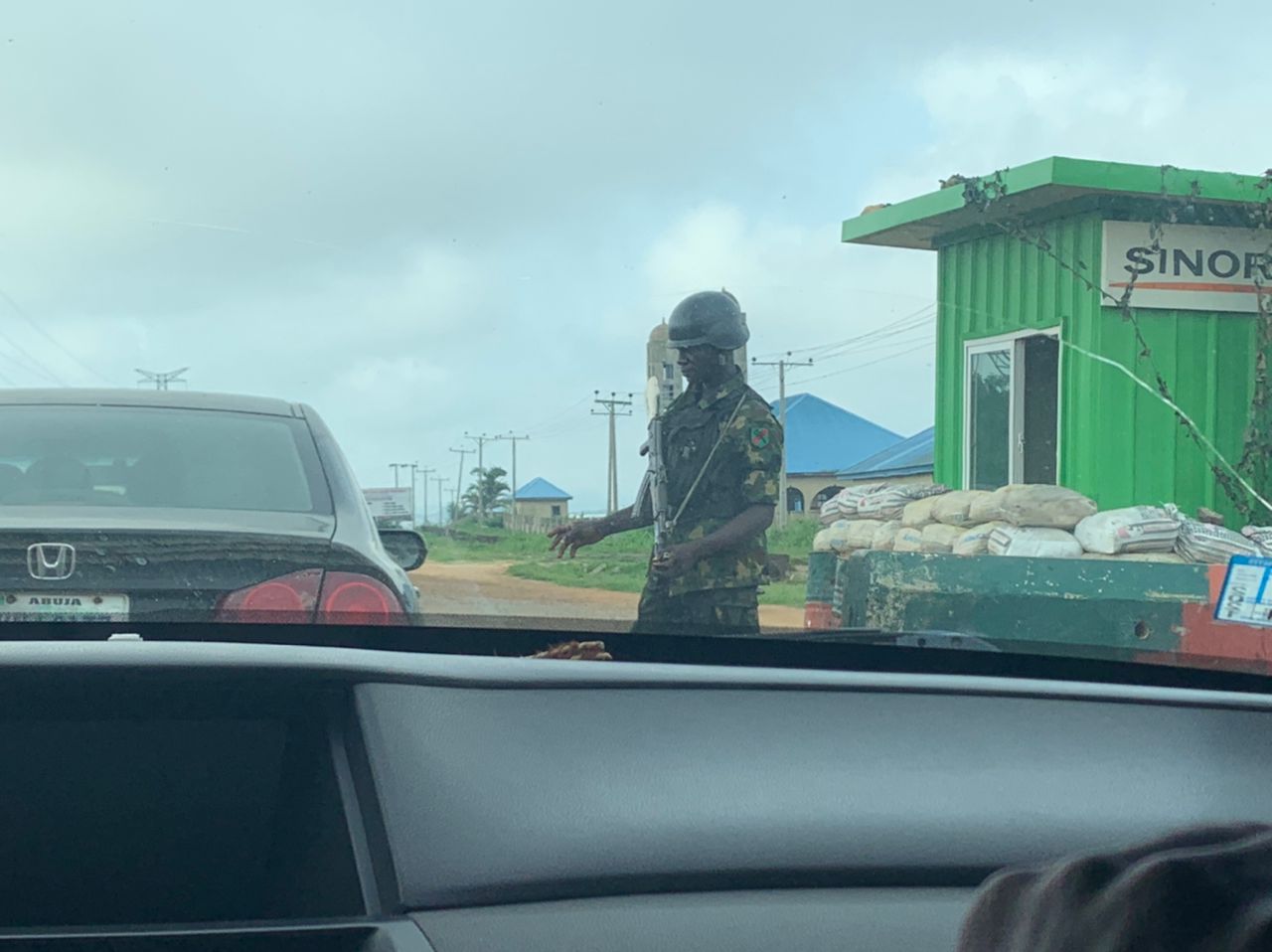

In another 14 minutes (4km) drive into the prison, we sighted the Nigeria Police force divisional headquarters, Kuje division, sitting close to the road.
Advertisement
THE NARROW ROAD TO THE PRISON
After minutes of driving to the Kuje prison, we observed that the narrow tarred road leading to the facility is covered with tall masquerade trees. This makes it nearly impossible for anyone at the main security post of the prison to see whoever is coming from afar.
Advertisement
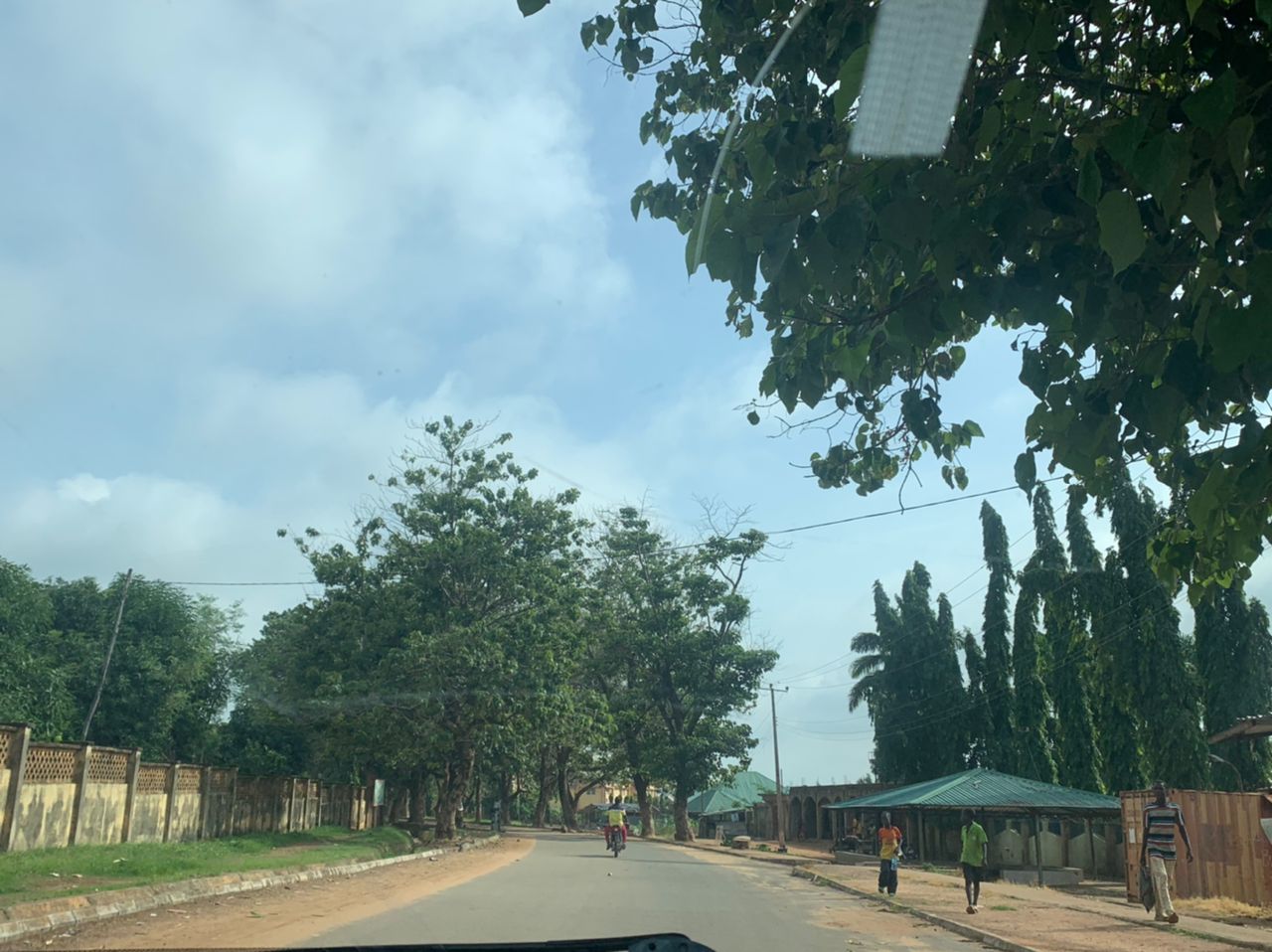
After gaining access into the facility, we noticed that there was no security observation tower on the outer perimeter wall of the prison. However, this was later sighted deep inside the building with a CCTV camera mounted on the tower. But we couldn’t confirm if the cameras were active. Even at that, the security towers were not as high as the masquerade trees outside the structure.
We also noticed that the outer perimeter fence of the prison was built with ordinary cement and blocks, just like in normal residential houses. There was only one coil of razor wire placed on the perimeter fence. This could be easily cut with a file.
Advertisement
NAVAL BASE, NSCDC, NIS FAILED TO REINFORCE
Some hours after TheCable team left Kuje, Rauf Aregbesola, interior minister, paid a visit to the prison. The minister said the facility is Nigeria’s most fortified prison.
Advertisement
“There was a platoon of the Nigerian Army with sophisticated weapons, elite men of the Nigeria Police Force, officers of the Nigeria Security and Civil Defence, and armed officers of the Nigerian Correctional Service, on the ground, during the time of the attack,” the minister said.
“Kuje is the most fortified in the country if fortification for security is the determinant of whether it is medium or maximum. It is medium by size but maximum by the security in place there.”
Checks by TheCable team revealed that 15.6km to the prison is the Nigeria Navy’s barrack in Pegi-Kuje. It will take 37 minutes to get to the kuje prison by car at a moderate speed rate.
The NSCDC and Nigerian Immigration Service (NIS) headquarters are neighbours on the Abuja international airport road. Google Earth revealed that it would not take more than 35 minutes to drive from these paramilitary headquarters to Kuje prison if a reinforcement call was initiated.
On the same airport road is the Nigeria Air force base. Our calculation showed that from the base to the embattled prison is a 32-minute drive.
Away from the airport road, the Nigerian Army’s land forces simulation centre sits on the same Musa Yar’adua expressway. This army resource centre is just 44 minutes drive to the Kuje prison.
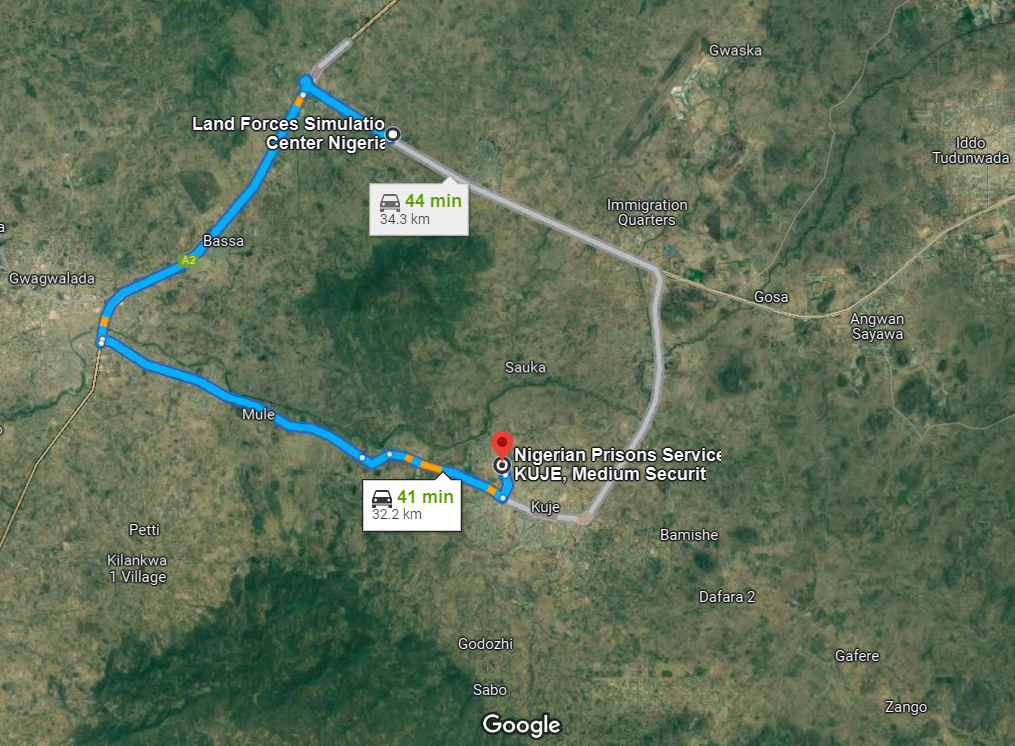
Despite all these close proximities to one of Nigeria’s most influential prison, TheCable learnt that the ISWAP insurgents operated seamlessly for about 3 hours.
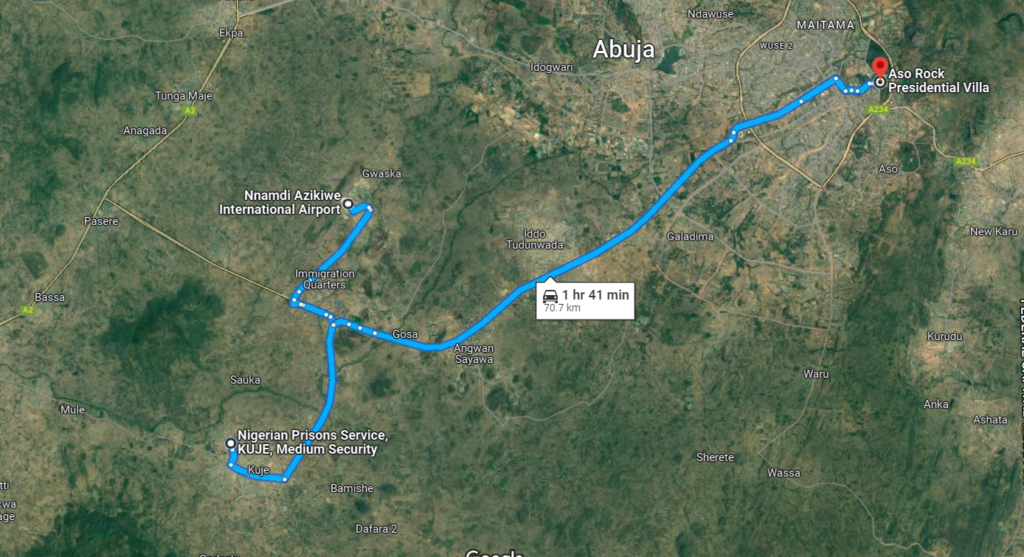
Also, the Kuje prison is 47.1 kilometres to the Aso Rock presidential Villa, and 23.6 kilometres to the Nnamdi Azikiwe International Airport.
“WE HEARD THEIR FOOTSTEPS”
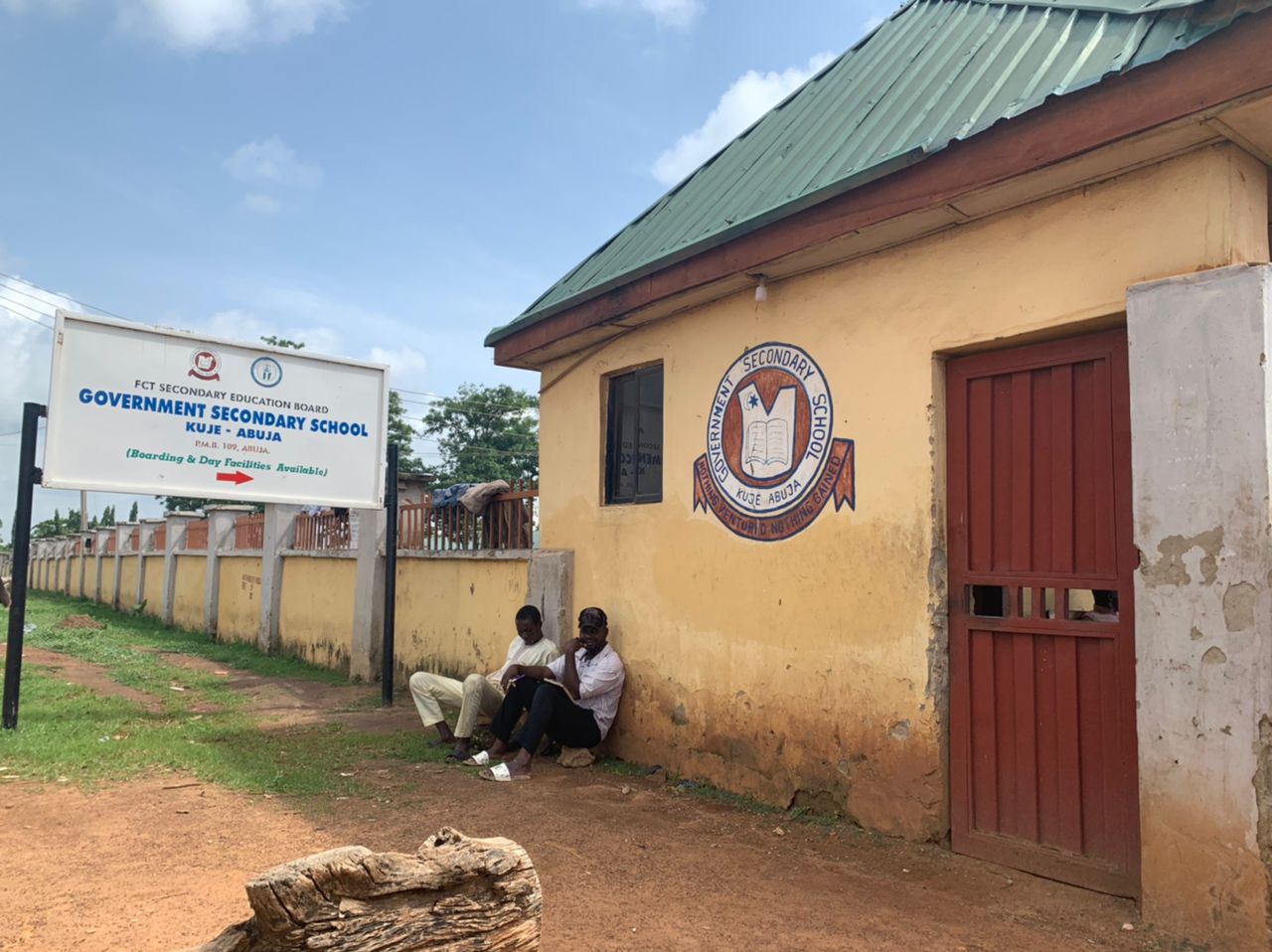
The medium prison shares the same neighbourhood with the Government Secondary school (GSS), Kuje. The mixed-gender school operates day and boarding system with its female hostels situated towards the end of the school, just 7 minutes away from the prison.

Workers in the school told TheCable that they were bothered about the safety of their boarding pupils, especially all through the night of Tuesday till the wee hours of Wednesday. TheCable understands that the escapees jumped into the school compound while trying to escape from the prison.
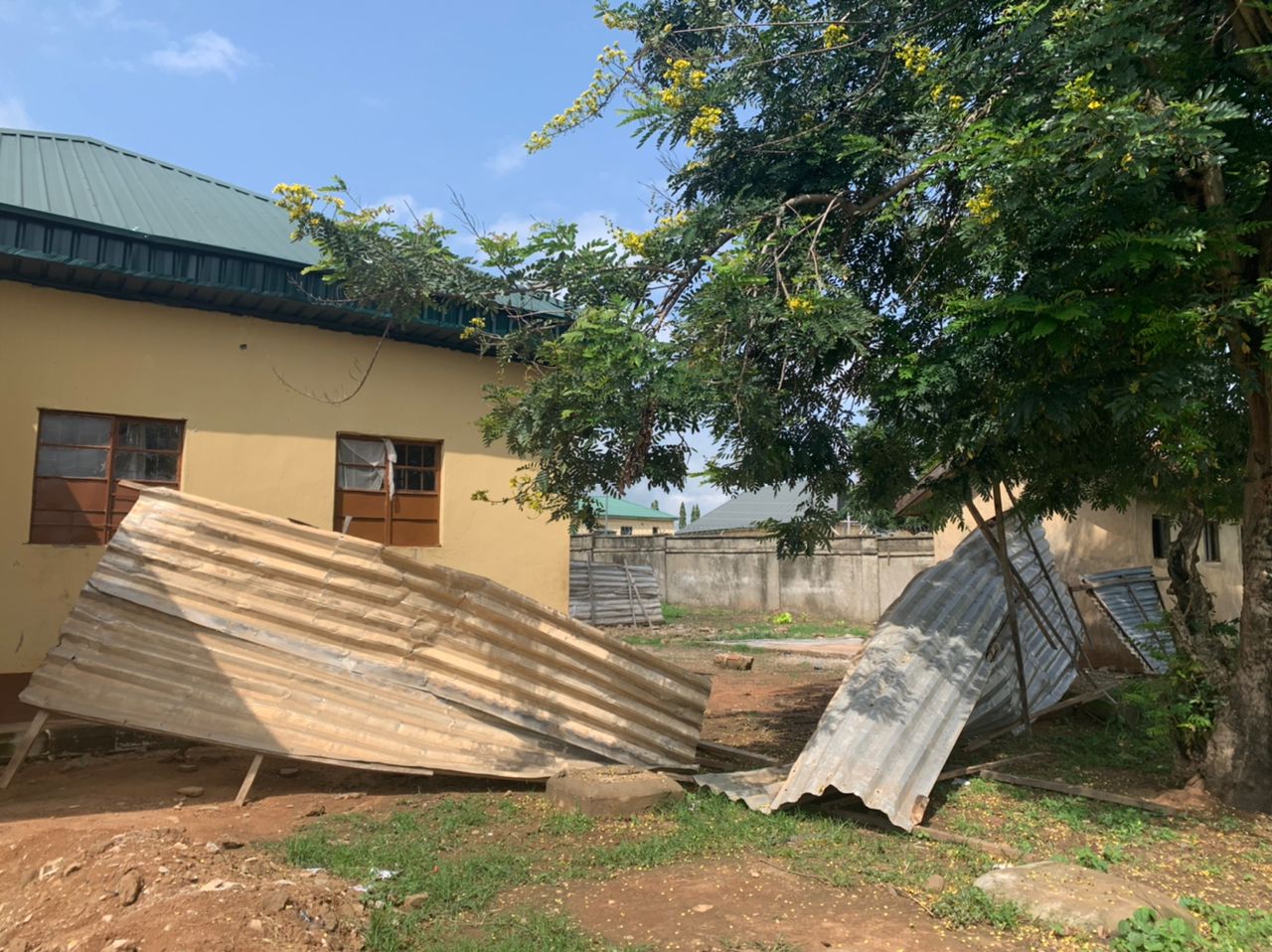
The prison attack forced the school management to halt all academic activities and direct the students to go home for the Eid-el-Kabir break earlier than the stated day.
The successful attack on the Kuje correctional facility, touted as the most secure prison in the country, by insurgents casts a shadow on the government’s commitment to tackle insecurity and keep Nigerians safe.
Add a comment
